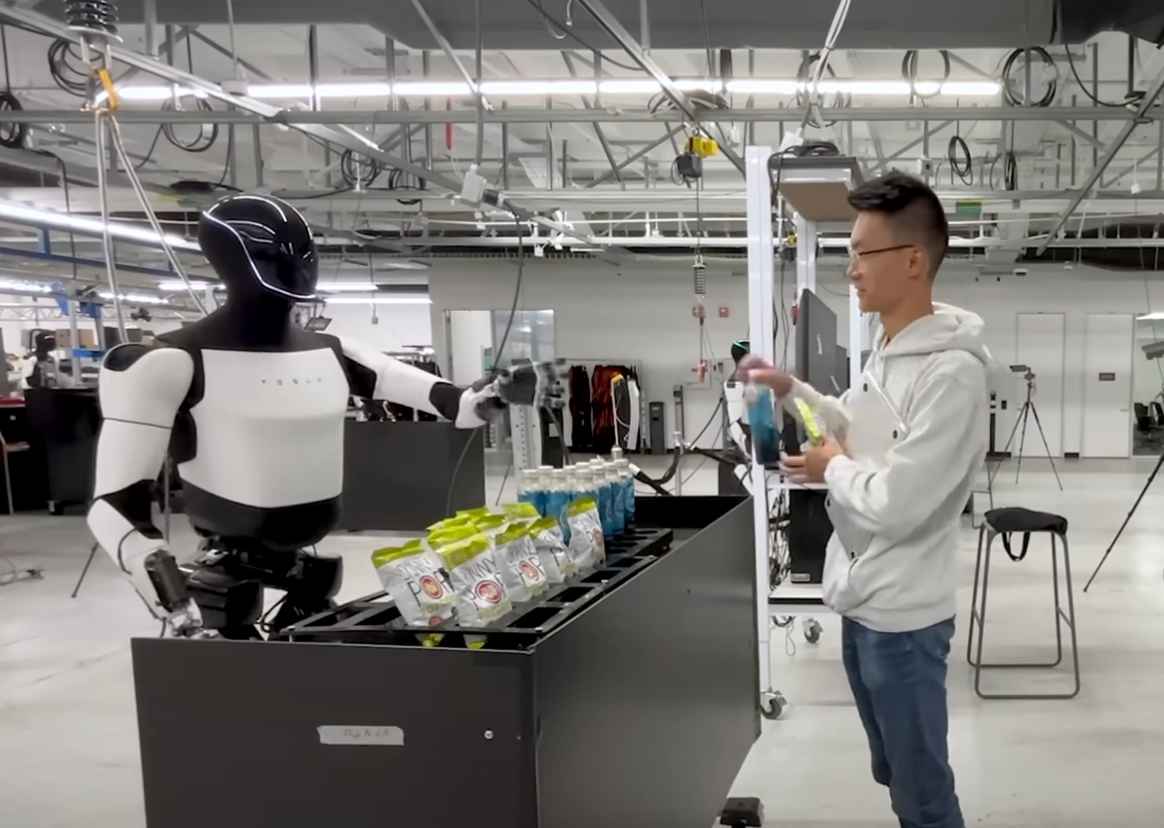
Kawasaki has introduced a futuristic twist to outdoor adventure with CORLEO, a hydrogen-powered four-legged robotic vehicle unveiled at the Osaka-Kansai Expo 2025. This concept machine, inspired by the movement of animals, is built for off-road travel and aims to change how people explore rugged terrain.
Related:
 What's On Invers whatsoninvers.nzNews Desk
What's On Invers whatsoninvers.nzNews Desk
Unlike traditional vehicles, CORLEO is a rideable robot, combining robotic engineering with the freedom of motorcycle riding. Its four independent robotic legs are designed to adapt to uneven ground, giving the rider a stable and smooth experience whether on steep slopes, rocky surfaces, or forest trails.
Each leg moves autonomously and is managed by advanced algorithms that monitor and respond to the environment in real time. This allows the robot to balance and adjust on the fly. CORLEO also includes adjustable stirrups and an auto-balancing system, allowing it to react to the rider’s body movements in a way that creates a strong sense of connection, similar to riding a horse.
CORLEO is powered by a 150cc hydrogen engine, making it an environmentally friendly alternative to gas and electric vehicles. The hydrogen fuel cell system, located in the rear of the robot, supplies energy to its legs. Kawasaki’s use of hydrogen technology highlights a growing trend in Japan to move toward cleaner and more sustainable energy sources.
The vehicle also includes built-in navigation with night vision, letting riders travel safely even in the dark. It displays information such as route guidance, fuel levels, and stability data, all helping to make rough rides safer and easier to manage.
CORLEO is still in the prototype stage, but Kawasaki has hinted it could enter production within the next 25 years. The machine has drawn significant attention online since its debut, with many calling it a game-changer in both technology and mobility.
While not yet available to the public, CORLEO offers a bold look at the future of personal transport, especially for those wanting to explore nature in new and exciting ways. Combining robotics, clean energy, and rugged performance, it shows how mobility could evolve beyond traditional vehicles.
